Back to blog
How to Create a Personalized Landing Page in 2025 [Guide]
Learn how to create a personalized landing page that enhances user experience, boosts engagement, and increases conversions effectively.
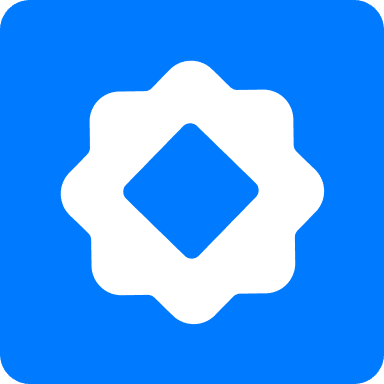
Mar 18 2025
![How to Create a Personalized Landing Page in 2025 [Guide]](https://codesi.ai/admin/static/Cover_c4f88d551e.webp)
Personalized landing pages are great assets to increase visitors’ engagement, satisfaction, and, ultimately, conversion.
But what landing page elements can you personalize?
How difficult is it to create such a page?
If similar questions shoot through your head, you’re in the right spot.
Read on to learn how to create a personalized landing page to boost conversion while engaging your audience.
Let’s dive in!
What is a Personalized Landing Page?
A personalized landing page, or dynamic landing page, adjusts its content in real-time based on specific visitor characteristics, such as:
- location,
- search terms,
- time of day,
- sales funnel stage,
- device type, or
- past interactions with your brand.
As a result, you can increase conversion by delivering highly targeted and relevant messaging that aligns with the visitor's interests and needs.

Why Personalized Landing Pages Matter?
Besides a high possibility for conversion, personalized landing pages offer additional noteworthy benefits:
- Better Ad Performance — These pages are particularly effective in pay-per-click (PPC) campaigns. They allow better alignment with ad copy and search terms, improving ad performance and reducing costs.
- Improved User Engagement — Personalization leads to higher customer satisfaction because you provide content that resonates with visitors' interests.
- Better Customer Understanding — Personalized landing pages provide insights into customer behavior, helping you understand what resonates with your audience and how to improve future interactions.
How to Create a Personalized Landing Page in 5 Easy Steps?
Here's a step-by-step guide to help you create a personalized landing page.
Step 1: Set Your Goals
One of the first steps is to identify your target audience and decide what you want to achieve with your landing page.
Naturally, the ultimate goal is conversion, but do you want to boost sales, capture leads, or promote a special offer with the landing page?
Knowing your target audience and the goal behind your landing page will help you tailor the page and message to get the best results.
Step 2: Create Your Content
Content, whether in visual or textual form, is the landing page section that is subject to personalization the most.
Let’s check the main content sections that you should personalize.
2.1. Header
Being the first point of contact between you and customers, headers are great starting points for personalization.
You should tailor them to resonate not only with your customers’ interests but also with their history and interactions with your brand.
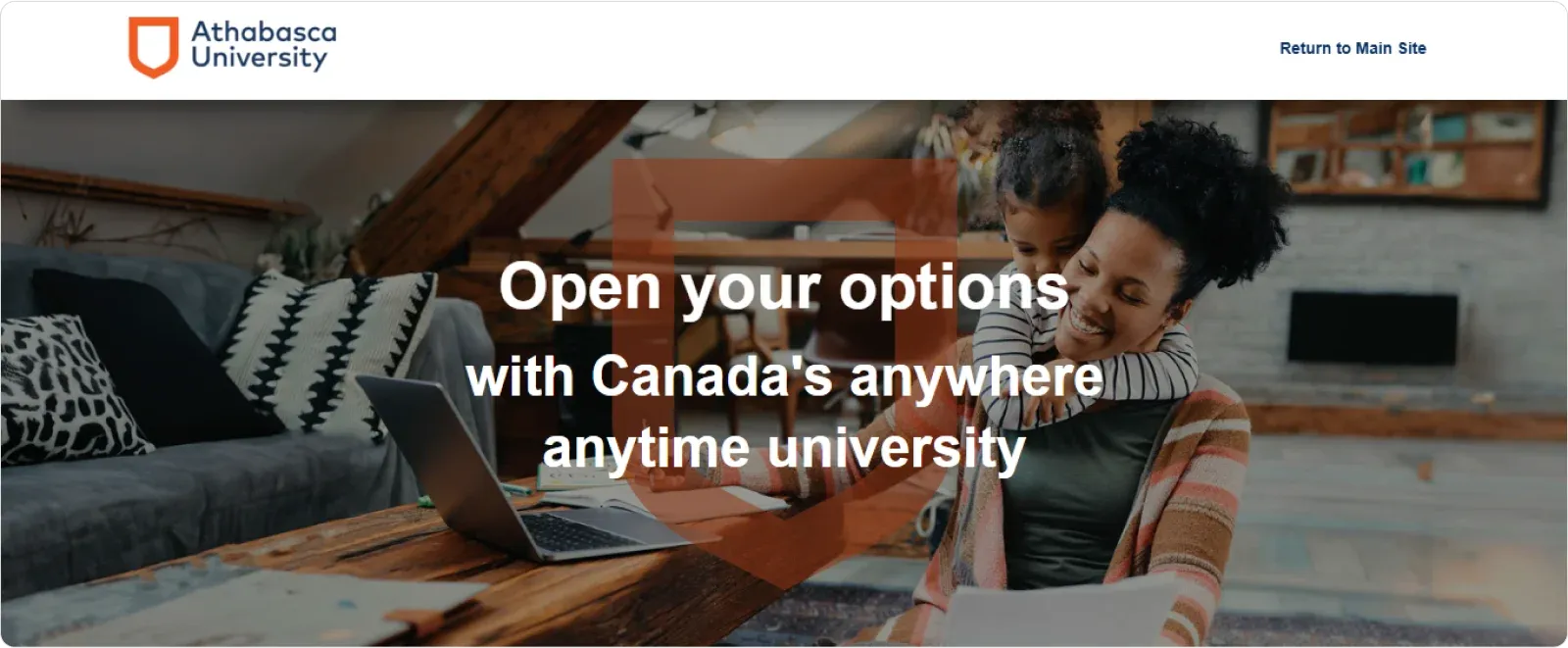
Moreover, incorporating elements such as user data and behavioral patterns into your header can enhance its effectiveness even further.
By analyzing past purchases or searches, you can craft messages that appeal to current interests while suggesting complementary products or upcoming promotions.
For example, “Welcome back! Check out our new arrivals — don’t forget your favorite camping mugs and bottles!”
This tailored invitation reminds your visitor of what they previously engaged with but also entices them with new products that complement their interests.
2.2. Greeting Pop-Up with Personalized Greetings
Implementing personalized greeting pop-ups can significantly enhance your visitor's experience.
You can personalize your landing page by tailoring it to your specific user persona, such as students, managers, bankers, etc.
Another option is that you tailor it based on the use case.
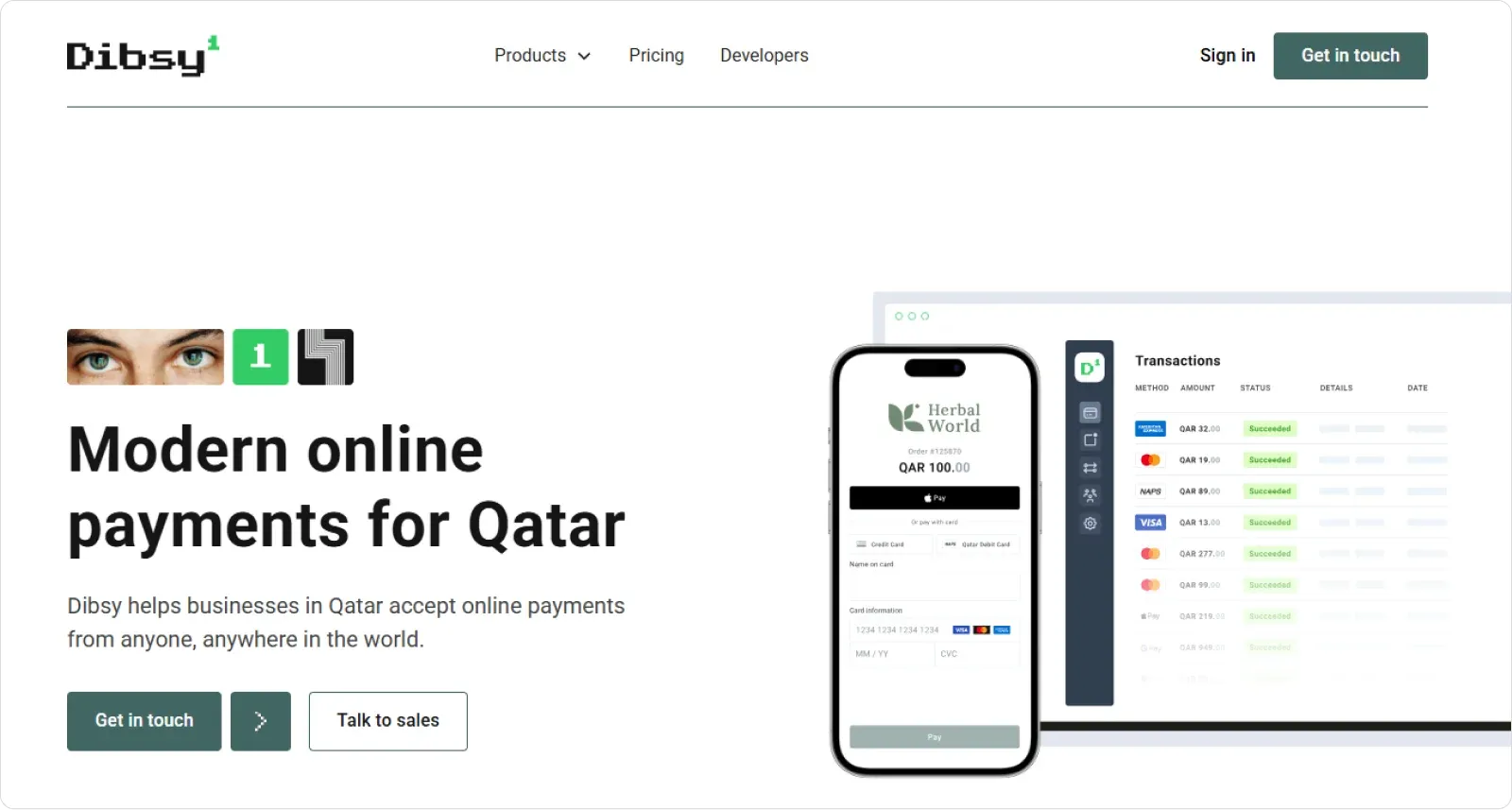
2.3. Headlines and Copy
Headlines and copy are great “material” to create custom personas and send that data to all your 3rd-party tools, such as CRMs and analytics apps.
Thus, you can create a series of audiences and categorize them based on shared characteristics such as purchase behavior, demographic details, etc.
These adjustments happen in real time, ensuring that each visitor sees a unique version of the page optimized for their specific needs.
For example, based on your visitors' geo-location, you can display content in their local currency or language, improving user experience.
💡ProTip
Did you know that with Codesi not only can you generate a unique landing page based on your text prompt, but you get a fully functional one with copy, CTAs, page structure, design, and other elements that you can fully customize to meet different customer segments?
Thus, you can:
- Change the layout,
- Rearrange elements,
- Choose and delete blocks,
- Apply color changes and more.
2.4. Dynamic CTAs
Tailoring your CTAs to specific audience segments or individual visitor data can create a sense of urgency and relevance.
Instead of a generic “Shop Now” button, consider employing context-specific CTAs based on user behavior, such as “Claim Your 20% Off for Returning Customers!”
For example, check out what Livestorm did.
Their landing page changes depending on whether you are already a registered user.
If you’re not, this is what you’ll see.
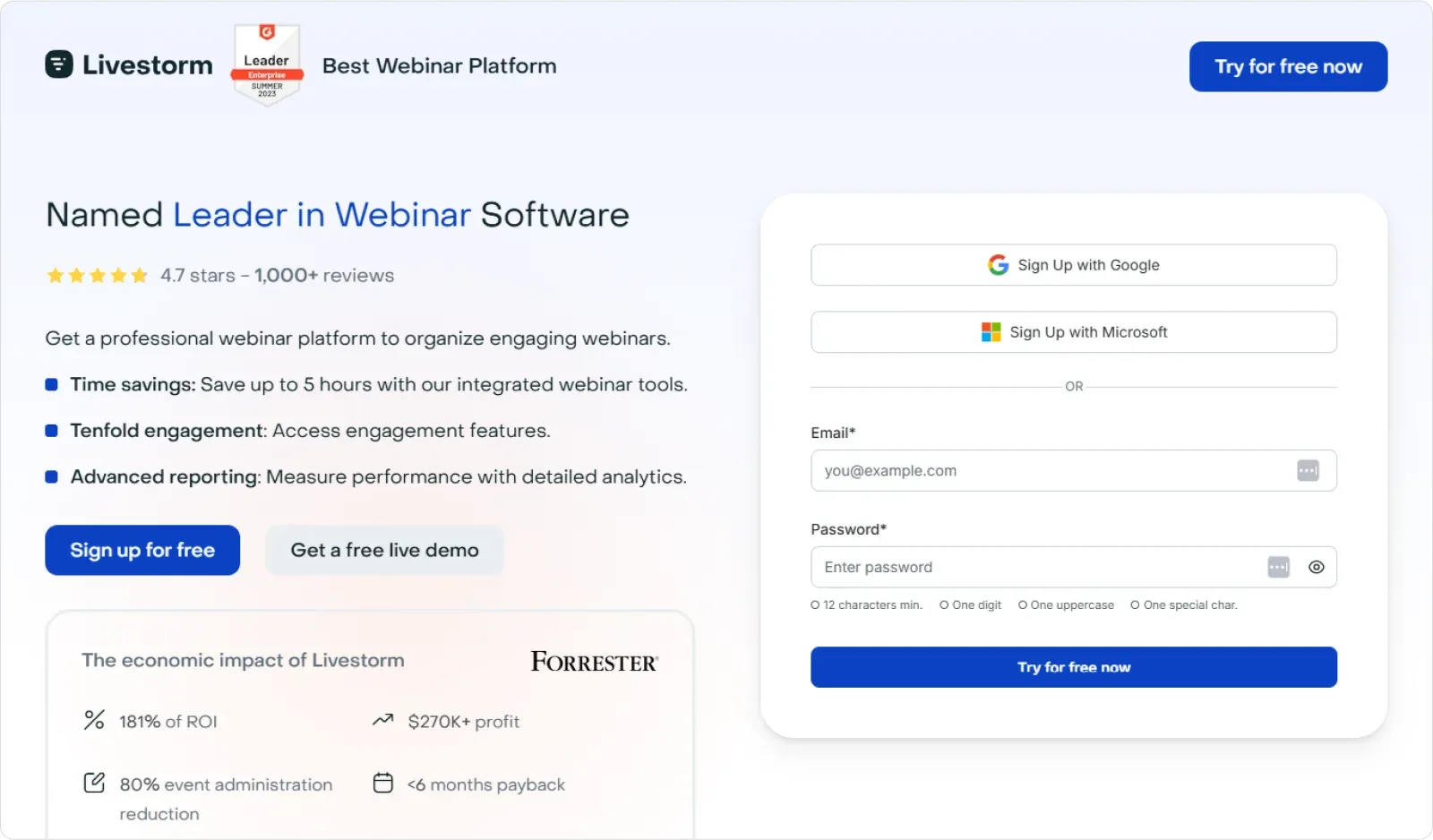
On the other hand, if you are a user, you’ll “land” on this page, prompting you to upgrade.

2.5. Visuals
The visuals on your landing page shouldn’t be static but rather adaptable to align with seasonal changes, location specifics, or visitor preferences.
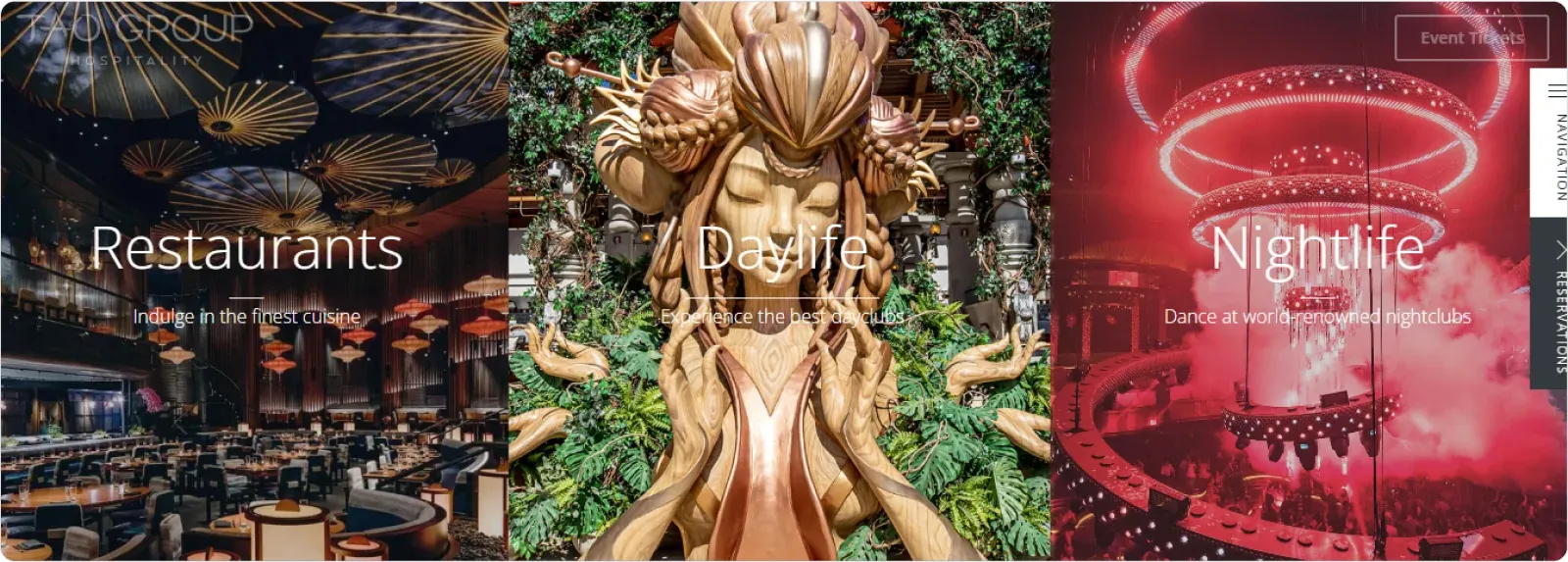
For instance, swapping images to feature summer clothes during warmer months can reinforce your offerings.
Or, think about video carousels on your landing page. They enable you to distribute information in an engaging and visually appealing way.
For example, if a visitor has shown interest in your hair products, you can showcase a selection of hair accessories.
💡 ProTip:
With Codesi’s text-to-image tool, you don’t have to rely on low-converting generic images or templates, but create visually appealing imagery, fully-tailored to your needs.
You can tweak your visual until you hit the sweet spot, and adjust the visual to align with
- your brand,
- audience,
- services, and
- products.
Step 3: Use Behavioral Triggers
Behavioral triggers respond to user actions on landing pages, such as scrolling, clicking, or attempting to exit.
These triggers are set up to deliver targeted messages, offers, or interactions.
For example, if a user shows signs of hesitation, such as hovering over a product without making a decision, time-sensitive promotions or exit-intent popups may be just the nudge a visitor needs to act.
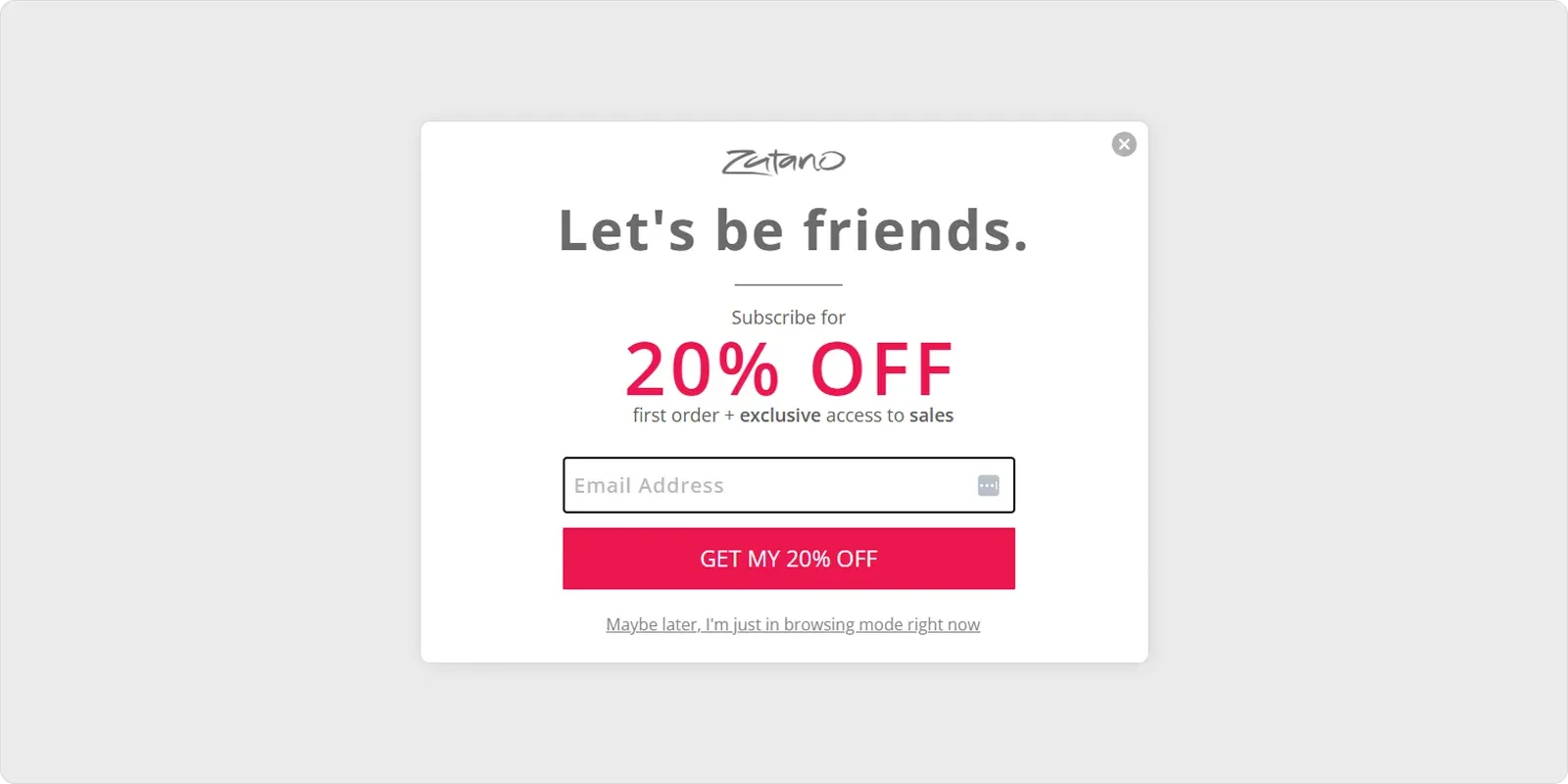
Step 4: Track Key Metrics
Key metrics, an aspect that you won’t see on the landing page, but that is extremely important since it helps you identify:
- time on page,
- bounce rates, and
- conversion rates to analyze visitor interaction.
This way, you can get insights into your landing page optimizing efforts, identify areas for improvement, and make data-driven decisions to enhance your dynamic landing page's performance.
💡 ProTip
Our integrations with Google Analytics and Yandex enable you to track traffic and conversions on your landing page and get valuable information to:
- improve,
- adjust and
- optimize your strategy based on the real-time data.
Step 5: Test and Refine
In addition to tracking KPIs, you should also conduct A/B testing to compare different versions of your landing page.
As a result, you’ll be able to identify which elements resonate best with your audience and drive the desired outcomes.
Then, apply the winning elements to your landing page, and keep monitoring performance to have it in check.
💡 ProTip:
With Codesi, you can test features to see what currently attracts users the most and least to choose the winning elements and create an optimal landing page your customers will love.
How Can Codesi Help You Create Personalized Landing Pages?
Codesi is an AI-powered website and landing page generator that enables you to create fully functional pages in under 10 minutes.
You only need to provide a text input with your business description and relevant info, and you can generate:
- Landing pages and one-page websites
- Stunning visuals, and
- Multiple logo variations for a truly unique and fully-tailored design.
All of our products are customizable, so you can easily tweak and adjust them to fit your strategy.
Our robust features enable you to:
- establish
- customize, and
- polish your online presence to meet your audience’s needs.
Ready to take Codesi for a spin?
Start with Codesi for free and create landing pages that you can quickly and successfully adapt to ever-changing customer demands and needs.
Keep Learning
10 Landing Page Best Practices To Know About
10 Landing Page Mistakes to Avoid
9 Best Free AI Website Builders To Try
FAQ
1. What is The Difference Between a Website and a Landing Page?
Websites typically include multiple pages with diverse content such as about us sections, product descriptions, blogs, and contact information. On the other hand, landing pages feature concise, persuasive content with a clear CTA.
2. What is The Difference Between a Static and Dynamic Landing Page?
Static landing pages are fixed and the same for all users, whereas personalized or dynamic pages change based on user data or interactions.
Static pages generally have faster load times, while dynamic pages can be slower due to server processing.
The latter are mostly used in eCommerce and personalized marketing campaigns.
3. How do I make a Landing Page Interactive?
Here are some effective ways to create an interactive landing page:
- Use dynamic visuals, such as animations and GIFs and 3D elements.
- Leverage interactive forms and quizzes.
- Incorporate live product demos.
- Embed social feeds and add quick polls or surveys.
- Use dynamic text or content that changes based on user behavior.
- Integrate chatbots for instant communication and use real-time notifications to keep users engaged.
Create your website with AI today
Codesi is a platform where you can make a website in 3 minutes.
No coding, no designers, no hassle - just AI.
